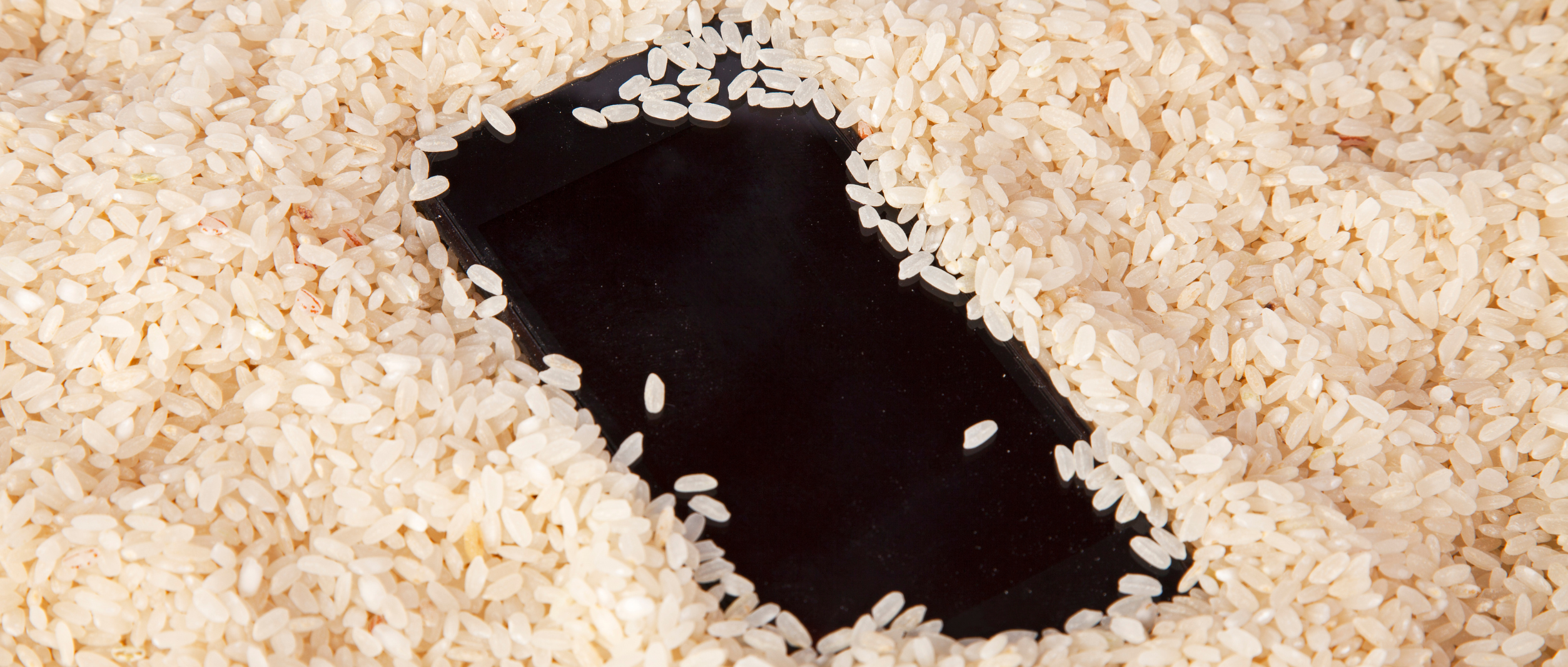It’s time for Bits & Bytes…
… where we bring you news, innovations, and thought-provoking insights from AI, IT, and beyond. In this week’s newsletter we’re looking at:
- Chatbot refunds
- More layoffs (everyone look shocked)
- New purpose for fiber optic cables?
IN THE SPOTLIGHT
✈️ Air Canada Takes Off on Refund Mishap
A Canadian tribunal has ruled that Air Canada must pay a customer a refund that was promised by an AI chatbot. Apparently, the chatbot told the customer they were eligible for a bereavement discount when it needed to be approved beforehand.
So, what’s the big deal? This case sets a precedent for how businesses can be held liable for the actions of their AI chatbots. And when chatbots mess up, guess who’s left holding the bag? That’s right, the company that deployed them.
Be sure to double-check any important information before making any decisions. Otherwise, you might just find yourself in a legal battle with an airline – and trust us, that’s not a trip you want to take.
TL;DR
- Air Canada’s chatbot promised a refund, but the policy didn’t apply. Now, the airline has to pay.
- This case sets a precedent for businesses being liable for AI chatbot actions. Basically, your AI gotta be accurate!
- Don’t trust chatbots blindly and remember to double-check info.
TECH HEADLINES FROM ACROSS THE WEB
👓 Vision Not-So-Pro?
Some Apple Vision Pro users are returning their headsets due to discomfort, headaches, and eye strain. Others find the device not useful enough for the price, given the lack of a killer app and the difficulty of performing certain tasks with the headset.
🤖 Human Error Out, Algorithms In
Cisco is shedding 5% of its workforce (over 4,000 employees) to double down on artificial intelligence, aiming to streamline operations and prioritize AI-powered solutions in the evolving tech landscape.
🌾 Rice Bath Gone Bad
Apple officially warns against submerging wet iPhones in rice to dry them out. While a common folk remedy, rice particles can damage the phone, and heat sources are also a no-go.
TECH FOR GOOD
Researchers have discovered a promising new use for existing fiber optic cables: detecting tsunamis! By installing devices that tap into these underwater cables, they were able to successfully detect a distant tsunami, even originating in a different ocean. This method offers several advantages over traditional buoys, like being less expensive, more widespread, and able to function even during power outages. This breakthrough could revolutionize tsunami warning systems, potentially saving lives and property in coastal communities.




